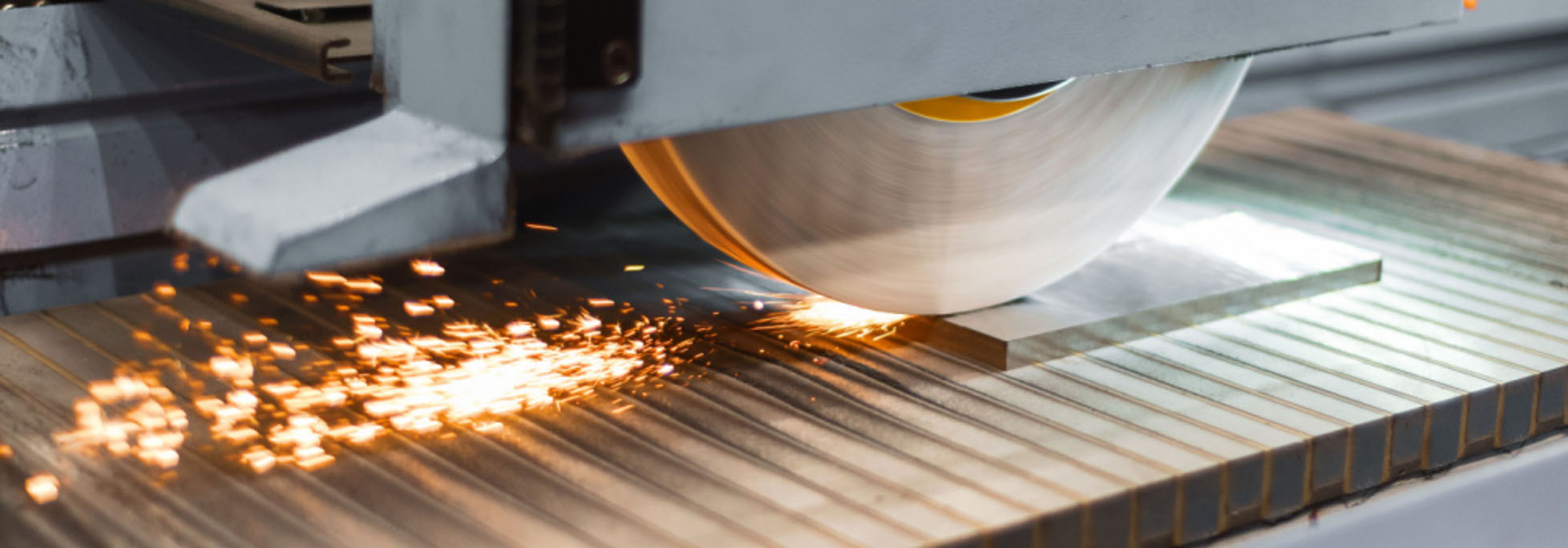MACHINING EQUIPMENT CHILLERS
Chillers for Machining Equipment
Several machining processes and devices, such as rectifiers, lapping and grinding machines, degreasing equipment, and electrical discharge machining (EDM), require adequate cooling to minimize equipment damage and maximize process efficiency. Cold Shot Chillers can help manufacturers achieve these objectives.

Rectifier Cooling
Rectifiers are prone to high heat generation that can cause damage and increase maintenance costs. Therefore, engineers must account for this factor when installing this device for industrial applications and provide the appropriate rectifier cooling system to protect their investments.
What Are Rectifiers?
Rectifiers are electrical devices that convert alternating current (AC) into a single directional direct current (DC). Engineers install these devices as components of high-volt DC power transmission systems and DC power supplies. In addition to current conversion, rectifiers are ideal for amplitude-modulated radio signal detections and other electronic applications.
Air Cooling and Water Cooling for Rectifiers
There are several rectifier cooling systems, including air, water, and oil cooling. Engineers leverage air-cooled rectifiers for processes less susceptible to corrosion. This method is significantly dependent on fans that force air through the rectifier the eliminate heat from the power components in its housing. Air cooling also integrates inlet air filters and heat sinks to achieve adequate rectifier cooling. Conversely, water cooling is suitable for harsh environments susceptible to corrosion. Engineers run cold water through a closed loop of a heat exchanger, which releases hotter water at the outlet, dissipating heat from the rectifier and ensuring the normal functioning of the device.
Chillers for Lapping and Grinding Machines
Latching and grinding machines are essential surface-finishing equipment for achieving high precision in designing hard materials such as metal and glass. While these are fundamental differences between the two machines and their processes, people use machine lapping and grinding interchangeably. However, these processes generate significant levels of heat that can cause functional or structural damage to the machines. Consequently, industrial operators must provide adequate temperature support through high-quality industrial chillers. These units must ensure the grinding and lapping processes stay within a temperature range of 5°C to 35°C to ensure improved machine functioning, minimize damage, and enhance process efficiency.
Grinding and Lapping Processes
While lapping leverages an abrasive mixture to create friction between the workpiece and lap plate, grinding utilizes an abrasive wheel for surface smoothening. The abrasive wheel (or grinding wheel) comprises similar abrasive materials in slurry mixtures and aligns with similar abrasive grain size and friability parameters. Moreover, while machine lapping is more suitable for surface-finishing brittle materials, such as ceramic, stone, and pitch, griding remains ideal for metal and glass. Regardless of the process, operators must prioritize the need for adequate temperature control through cooling.
Degreasing Equipment Chillers
Cooling is an essential component of vapor degreasing processes. Utilizing degreasing equipment chillers allows operators to adequately control degreasing process temperatures and efficiently handle relevant heat loads generated during hop vapor condensation.
What is Vapor Degreasing?
Vapor degreasing is an object-cleaning process that can eliminate impurities and contaminants from machine parts by condensing solvent vapors. Although the process avoids water use or scrubbing, it ensures adequate impurity elimination, particularly in objects such as gold, plastic, ceramic, metal, and glass. The vapor degreaser configuration comprises two tanks (also known as sumps), a metal basket, and bands of cooling coils. The degreasing process involves boiling the solvent in the first sump (or boil sump), allowing the saturated solvent vapor to pass the metal basket containing the object, and condensing the solvent vapor with the cooling coils into the second sump (or recovered sump). Alternatively, operators may immerse the part into the boiling solvent and apply high-frequently agitation to achieve further cleaning. The resulting object is typically cleaner than its original form. In addition, cooling prevents solvent escape from the degreaser, trapping it for possible reuse with the aid of refrigeration-intensive cooling coils.
Chillers for Electrical Discharge Machines
Excess metal particles from an electrical discharge machining (EDM) process are harmful to the entire process and may lead to damage-induced maintenance costs. EDM chillers are ideal for this machining process due to their capabilities to improve its overall efficiency.
What is Electrical Discharge Machining?
EDM includes creating the desired shape on metals by leveraging electric charges. This machining process is also widely known as spark machining. Several EDM technology types, including wire EDM, sinker, EDM, fast hole drilling EDM, and ram EDM, are commonly suitable for hard metals that are difficult for other alternative machining processes. The EDM machining process is ideal for various industrial applications, including jewelry, mold, telecommunication equipment, gun, gear, medical instrument manufacture, and 3D printing.
EDM Cooling Systems
Since water is a critical component for high efficiency in EDM processes, operators must ensure it remains in acceptable condition. Water for EDM machining processes must be free from particles and adequately deionized. Keeping this component (i.e., water) within the temperature range requirement of 60-70°F promotes the metal removal rate and improves the capability of the EDM machine to deliver high-precision cuts. Moreover, controlling the water temperature with EDM chillers expedites the cutting process and expands the machine’s lifespan.
Get a Quote on Machining Equipment Chillers from Cold Shot
Cold Shot Chillers manufactures and installs best-in-class chillers that meet global industry standards and customer requirements. Our chillers can maintain the ideal temperature for all your industrial machining needs.
Contact us online for a quote on our comprehensive portfolio of machining equipment chillers.
Request a Quote
Request a Quote (Footer Form)
Request a Quote